10 Ways To Get Really Fluffy Hair And Maintenance Tips
Elevate your style with irresistibly fluffy locks that steal the spotlight wherever you go.

Image: Shutterstock
Fluffy hair is not just a style but a state of mind! Imagine those tender waves flowing around your face as they showcase all the bounce and volume that you had ever wanted. From teasing at the roots to using volumizing products, the journey to achieving fluffy hair is as exciting as the end result itself. Whether you are blessed with naturally buoyant curls or seeking to elevate your straight locks to the next level, this article will tell you how to get fluffy hair. We also will discuss what you need to consider before getting fluffy hair, how to care for it, and how to maintain it while sleeping. Continue reading.

In This Article
What Is Fluffy Hair?
View this post on Instagram
The term “fluffy hair” describes hair that strikes a balance between a messy texture and an extensive blowout, such that the hair appears full, bouncy, and voluminous. Fluffy hair, as opposed to a neat, defined blowout, embraces flaws such as flyaways and sloppy sections. It is achieved by giving the hair more body and volume to give the appearance of thicker, more substantial hair.
Fluffy hair has developed into a wide variety of looks today, from naturally occurring waves to tightly curled ringlets. With so many variations to choose from, fluffy hair has grown in popularity as a versatile hairstyle that works well for many hair types and preferences.
It is essential to know what fluffy hair is since it sets the scene before moving on to other considerations, such as hair type, styling methods, and maintenance routines. Let us now find out what to consider before deciding to go for a fluffy hairdo.
Key Takeaways
- Fluffy hair is airy, light, and voluminous. But to achieve a fluffy hair look, understanding your hair type and texture is essential.
- Teasing your hair, using a hair diffuser, backcombing, and using hair sprays may help you to get fluffy hair.
- While styling equipment plays an important role in this hairstyle, minimize the use of heat styling tools to avoid damaging your hair. Instead, rely on volumizing hair care products to get the desired look.
Things To Consider Before Getting Fluffy Hair
If you want to achieve a fluffy hair look, there are a few things to keep in mind before trying out different techniques.
- Examine the texture and type of your natural hair. Straight hair types may need to put in more effort to achieve the same level of fluff as curly or wavy hair.
- Longer hair offers a more voluminous, fluffy appearance. Consider whether you want to grow it out for a fluffier look or keep it at your current length.
- Your hair’s health is an additional factor to take into account. A healthy hair type is more likely to look fluffy.
- Although you can use heat styling products such as curling irons and blow dryers to give your hair volume and texture, using them frequently might damage the hair. To reduce damage, limit your use of heat styling and use heat protectant products.
- To keep it appearing voluminous and groomed, fluffy hair may require extra care. Think about the amount of time and energy you are willing to invest in maintenance and styling.
- Consider your personal style and the occasions when you want to have fluffy hair. Certain fluffy hairstyles would appear great on a casual event, while others may be more appropriate for a formal setting. It is important to pick a look that boosts your confidence and goes well with your overall appearance.
Considering essential factors before deciding on fluffy hair lays a solid foundation for implementing effective ways to make your hair bouncy and fluffy. Scroll down to find out ways to get that desired hair look in detail.
Additionally, there are some hair products you can use to ensure your locks looks fluffy. Learn more in the next section!
Product Recommendations For Fluffy Hair

Achieving and maintaining fluffy, voluminous hair can only happen if you use the right products. Here are some effective options to help you get the look you desire:
- Volumizing Shampoos And Conditioners
Look for lightweight formulas that cleanse the scalp without weighing down your hair. Opt for products labeled as volumizing to add body and fullness.
- Root-Lifting Sprays
These sprays add lift at the roots for an instant boost of volume, making your hair look fuller and more textured.
- Texturizing Sprays
A good texturizing spray adds texture and holds without stiffness. It helps your fluffy hair last longer while maintaining a natural look.
- Mousse For Volume
Lightweight mousses enhance your hair’s body and texture without weighing it down. Apply some mousse at the roots for a lift and to create lasting volume. They also add some hold when styling your hair.
- Heat Protectant With Volume
When using heat styling tools, choose a heat protectant that also adds volume to your hair. They help maintain fluffiness while protecting your strands from damage.
As a rule of thumb, always buy products that cater to your specific hair type. Incorporating these types of products into your routine will make it easier to achieve and maintain fluffy, bouncy hair that lasts all day!
Scroll down to find out ways to get that desired hair look in detail.
10 Ways To Make Your Hair Fluffy
If you want to pull off the fluffy hair trend, styling is essential, but you should also consider your hair cut. These styling tips, however, will help anyone achieve the fluffy hair of their dreams regardless of the cut.
1. Blow-Dry Your Hair
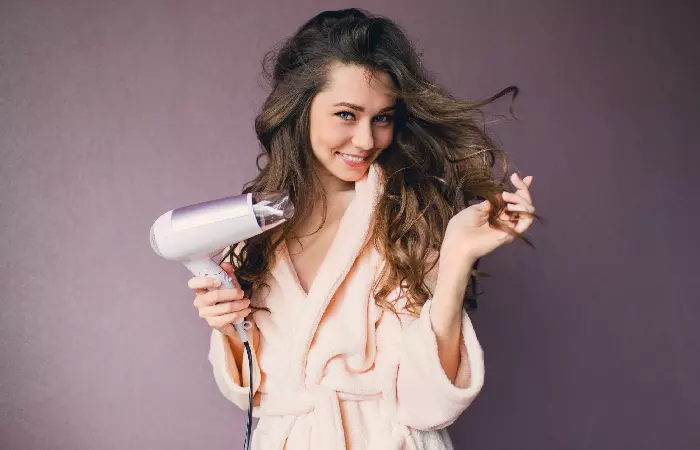
One of the simplest ways to get this look is to blow-dry hair upside down. However, it is crucial to know the right method to blow dry your hair to avoid damage. This method helps you lift your roots off of your scalp, which enhances volume and works great for both long and short hair. Simply turn your hair upside down and use a boar bristle brush to dry it to achieve the desired fluffy look. Or use a round brush to get even more volume and bounce.
2. Use Hair Rollers
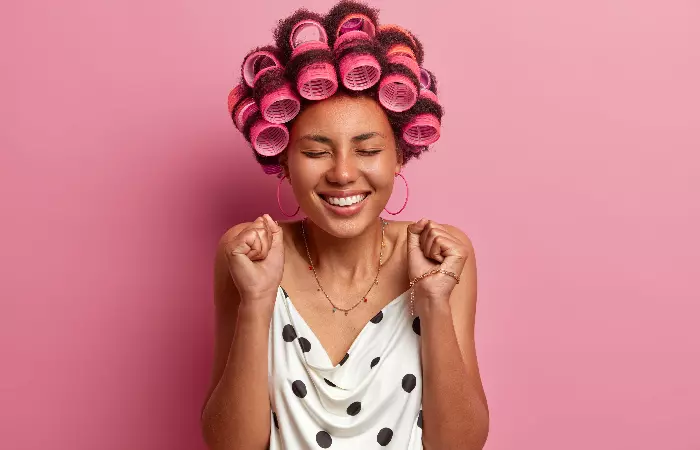
Another excellent tool for fluffing up your strands is a hair roller. Not only is this an accurate method to achieve heatless curls, but it also works incredibly well to create volume without the use of extremely hot tools. Roll it into your hair when it is around 80 percent dry (still slightly damp) or wear it overnight while you sleep to keep your hair voluminous.
3. Go For A Volumizing Hair Care Set

Taking a shower is the first step towards having fluffy hair. Change out your usual shampoo and conditioner for a volumizing hair care set to make your strands fluffier. Your hair will be easier to style and have more body if you use a volumizing shampoo.
4. Use Dry Shampoo
If you want to know how to make your thin hair look thicker, use a dry shampoo. It will give your hair more volume, especially at the roots. Massage it into your roots with your fingers after applying it. Remove any excess powder with a brush and style as preferred. It will help absorb oil and revitalize your hairstyle.
5. Tease Your Hair
Ultimately, the teasing method revolves around backcombing your hair to create height and volume for a full, bouncy look. Take a three-inch portion of hair at the top of your head and hold it high. Brush the back of your hair down toward your scalp with a fine-tooth comb. It is an especially great trick for short hair because you only need a little length to tease your hair strands into a fluffy, nice hairstyle.
Note: Avoid going overboard as it may end up creating matted or twisted hair that may not fall as naturally as you would like.
6. Use A Hair Diffuser
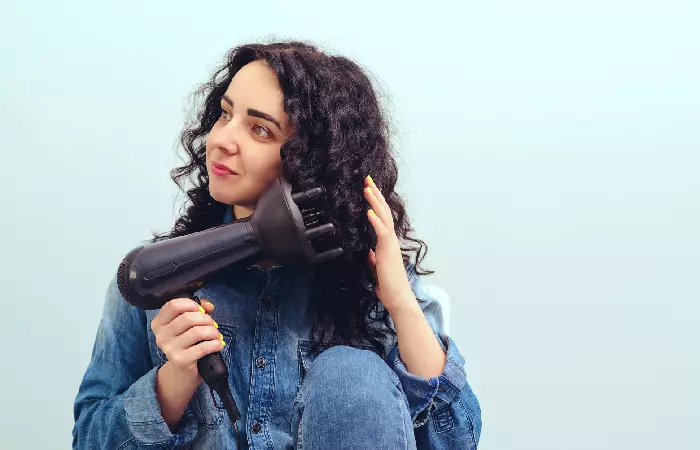
If you have curly or wavy hair and want to give it a fluffy look, a hair diffuser is an excellent product to use. All you have to do is hang your hair upside down, blow-dry it upwards, then gently scrunch it in the diffuser as you dry it to achieve fluffy hair. This approach will also give your hair bounce and movement.
7. Use Silk Or Satin Pillowcases
Silk and satin materials are gentler on your hair than cotton. They are less moisture-absorbent than cotton, which may help your hair retain its natural oils and moisture. Using a satin or silk pillowcase can effectively reduce friction and minimize tangles in your hair while you sleep, resulting in a smoother, frizz-free appearance.
8. Apply Leave-In Conditioner Or Detangler
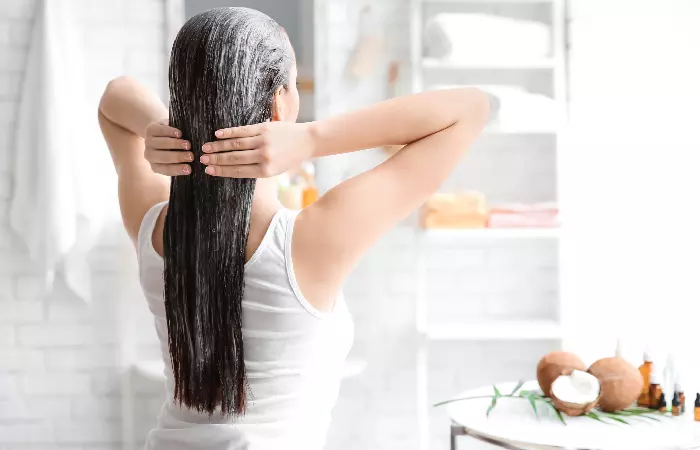
Leave-in conditioners or detanglers can help keep your hair free from tangles, making it easier to style and create a fluffy look. They hydrate the hair, smooth the cuticle, and minimize frizz. They offer benefits such as UV protection, heat protection, and color preservation, which makes them useful products for keeping hair looking and feeling great.
9. Use A Boar Bristle Brush
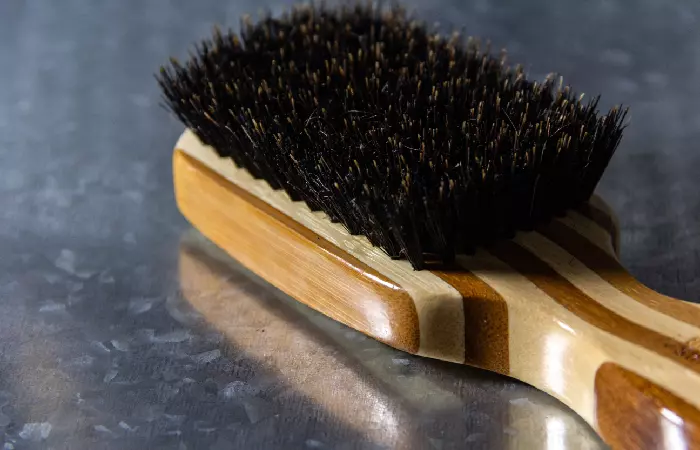
A boar bristle brush is an excellent tool for detangling your hair and adding more volume to it. It stimulates blood flow, reduces inflammation, and gently massages the scalp to maintain its health. It works by distributing the natural oils in your hair, creating a more voluminous look. In addition, it enhances shine by coating each strand with natural oils, providing a glossy finish for healthier-looking hair.
10. Apply Hairspray

A hairspray is a basic hairstyling product that helps keep your hair in place and create volume. Apply it to both the lengths and roots of your hair. When spraying, make sure to hold the can 10 to 12 inches away from your head to achieve even distribution.
 Pro Tip
Pro TipWhile these are some of the ways you can achieve fluffy hair, knowing how to take care of it is crucial to ensure its longevity. Check out the next section to learn how to do that.
How To Care For Fluffy Hair
One of the deciding factors when it comes to taking care of your hair is its length. Long hair may require extra attention that short hair may not. Let us look at some ways of taking care of both long and short hair below.
Long Hair
Maintenance of long fluffy hair involves a combination of washing, conditioning, styling techniques. Here is a step-by-step guide taking you through how to wash your long fluffy hair.
- Shampoo your hair and use a moisturizing conditioner.
- Dry your hair using a microfiber towel. Leave it slightly damp to naturally dry.
- Generously apply a heat protectant spray.
- Comb your hair with a round brush and use a blow dryer to finish drying your hair.
- Once it is fully dry, it is time to break out the rollers for long-lasting volume. Section hair into four parts, then work in subsections, wrapping each around rollers and securing with pins. Allow them to set for 30 minutes for long-lasting volume.
- Take out the rollers and finger-comb your hair.
- As a finishing touch, use a hairspray to set your fluffy locks.
Short Hair
Short hair tends to get greasy more quickly because oils from the scalp can travel down the hair shaft faster. But too much washing may strip your hair of its natural oils, leaving it damaged and dry. While the steps for washing short fluffy hair remain the same as above, try washing your hair every two to three days so as to not overdo it. You can do it more often only if you feel it is necessary. Heat styling tools such as curling irons, straighteners, and blow dryers should also be used sparingly because they can cause damage to your hair, particularly if it is short and brittle.
 Quick Tip
Quick TipWe have covered how to care for your fluffy hair in general. But keeping it well-maintained while you are sleeping requires a different approach. Scroll down to the next section to learn how to maintain your fluffy hair while sleeping.
How To Maintain Fluffy Hair While Sleeping
It can be annoying to wake up the next morning to discover your perfectly fluffy hair that you put so much effort into is flat and dull. However, there are some simple tips and tricks you can employ to keep your hair fluffy even after going to bed.
- Use a silk or satin pillowcase instead of a cotton one. Silk is a smoother natural fabric that may help reduce friction when you toss and turn in your sleep as well as reduce hair breakage and frizz.
- Sleeping with your hair in a loose braid or bun is another method. It can help keep your hair in its natural shape and volume as you sleep by preventing it from getting tangled.
- Consider investing in a hair bonnet or silk scarf to wear while you sleep. This can keep your hair from frizzing out and tangling while also preserving the volume and structure of your hairdo.
It is important to be able to differentiate between poofy, fluffy, and frizzy hair so that you can adjust your hair care regimen accordingly. Let us now find out how to tell the difference between them in the following section.
Difference Between Frizzy, Poofy, And Fluffy Hair
Although the terms frizzy, poofy, and fluffy are sometimes used interchangeably, they actually describe distinct hair types and conditions. Fluffy hair is a trendy hairstyle; it is smooth, bouncy, and intentionally textured to create volume. On the other hand, poofy hair is a term used to describe strands that appear frizzy and have unwanted volume. Frizzy hair is usually dry and rough hair, which may be a sign of hair damage that needs your attention. You need to give your hair a lot of TLC to help it transition from frizzy to fluffy. The right hair care routine, involving steps from deep conditioning to proper hair care, can smoothen your hair and create a voluminous look in no time.
Fluffy hair is the latest hairstyle that has gone viral on the internet. A mix of good hair care practices, various styling methods, and products is needed to achieve and maintain this hairstyle. This article provides a thorough guide to getting lusciously fluffy hair. In addition to information on various styling equipment, we have provided crucial tips and tricks for hair maintenance to help you nail this hairstyle.
Frequently Asked Questions
What haircuts work best for fluffy hair?
Haircuts like short layers, long bobs, and textured cuts are perfect choices to enhance volume and achieve a fluffy look. Depending on your hair type, blunt hairstyles can also make your hair look fuller.
Can anyone make their hair fluffy?
Yes, anyone can make their hair fluffy by using techniques such as blow-drying with a diffuser, backcombing, or volumizing products to add lift and texture to their hair. These methods can help enhance the appearance of fluffiness regardless of hair type or texture.
Can I achieve fluffy hair without heat styling?
Yes, you can get fluffy hair without using heat styling products. Instead, you can get a haircut with layers for extra volume and use accessories such as velcro rollers to create lift without using heat.
Does using a conditioner make your hair fluffy?
In general, using a conditioner does not make hair fluffy. Hydrating and smoothing hair cuticles often has the opposite effect as it makes the hair softer.
How can I make my hair fluffy in one night?
Use a dry shampoo, get a root-lifting treatment, twist or braid sections of your hair into a loose bun before bed, and sleep on a satin pillowcase if you want to make your hair fluffy overnight.
Watch this informative YouTube video and learn the secrets to achieving voluminous, fluffy locks. Get ready to master those bouncy, fluffy curls that will make heads turn!
- Laura Dale is a Hair Expert and Licensed Cosmetologist with over 20 years of experience. She has graduated from Seminole State College of Florida, and has worked as a Global Education Director for beauty brands specializing in hair care. As a Beauty Editor, Laura is passionate about sharing her love for beauty products and hair tools.
 Laura Dale is a Hair Expert and Licensed Cosmetologist with over 20 years of experience. She has graduated from Seminole State College of Florida, and has worked as a Global Education Director for beauty brands specializing in hair care. As a Beauty Editor, Laura is passionate about sharing her love for beauty products and hair tools.
Laura Dale is a Hair Expert and Licensed Cosmetologist with over 20 years of experience. She has graduated from Seminole State College of Florida, and has worked as a Global Education Director for beauty brands specializing in hair care. As a Beauty Editor, Laura is passionate about sharing her love for beauty products and hair tools.
Read full bio of Joyce Joyson
Read full bio of Subhrojyoti Mukherjee
Read full bio of Gracia Odile





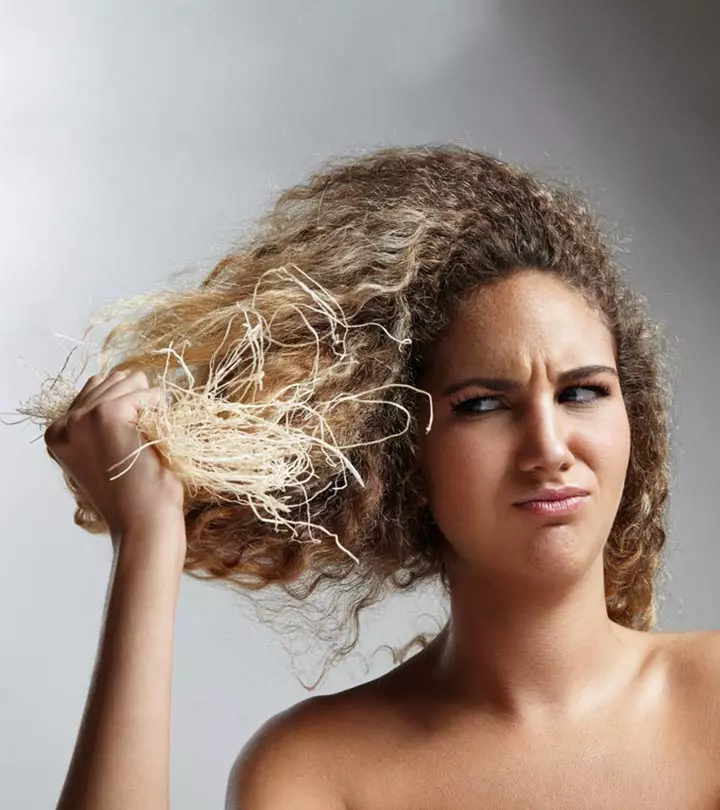
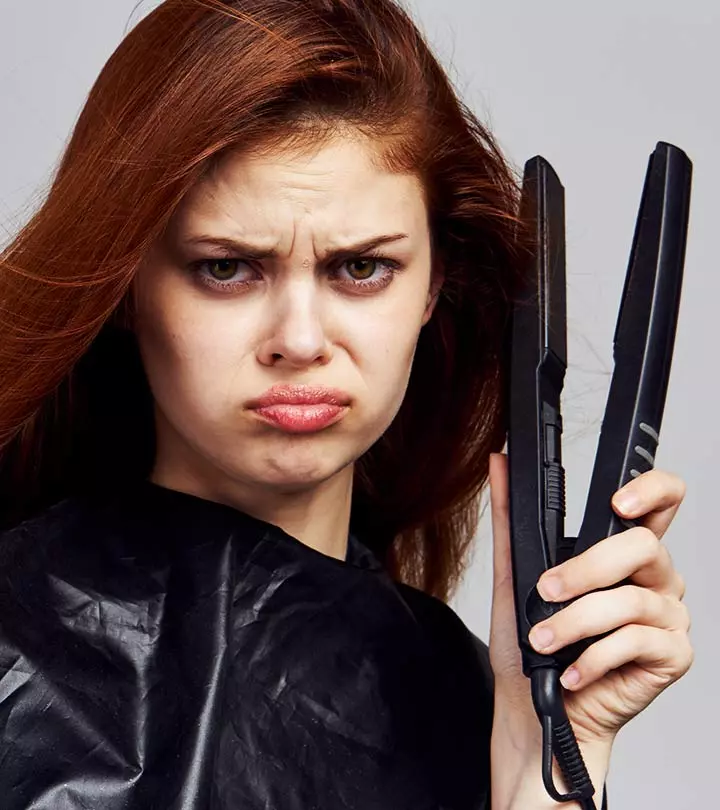
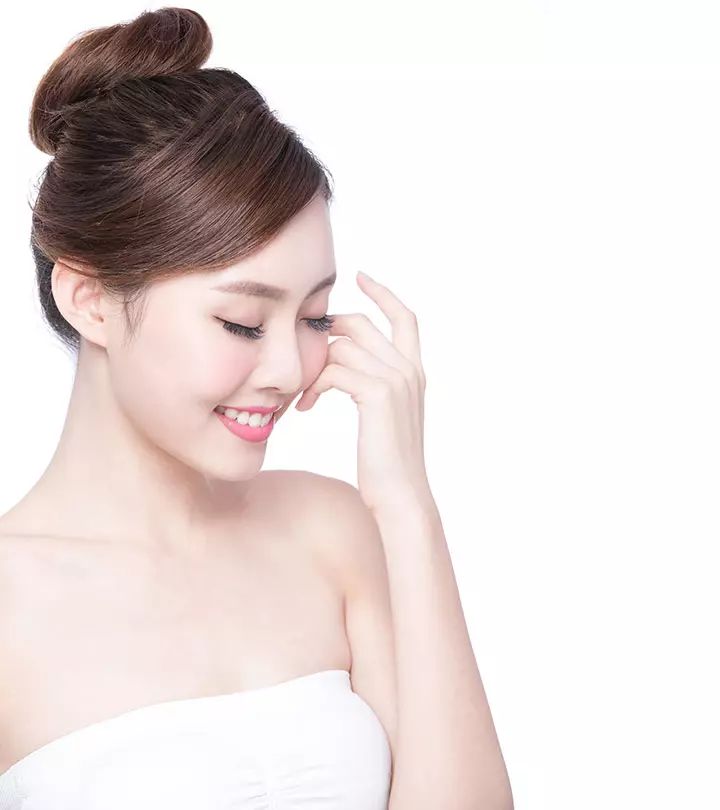



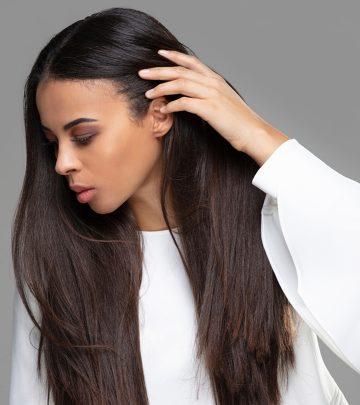
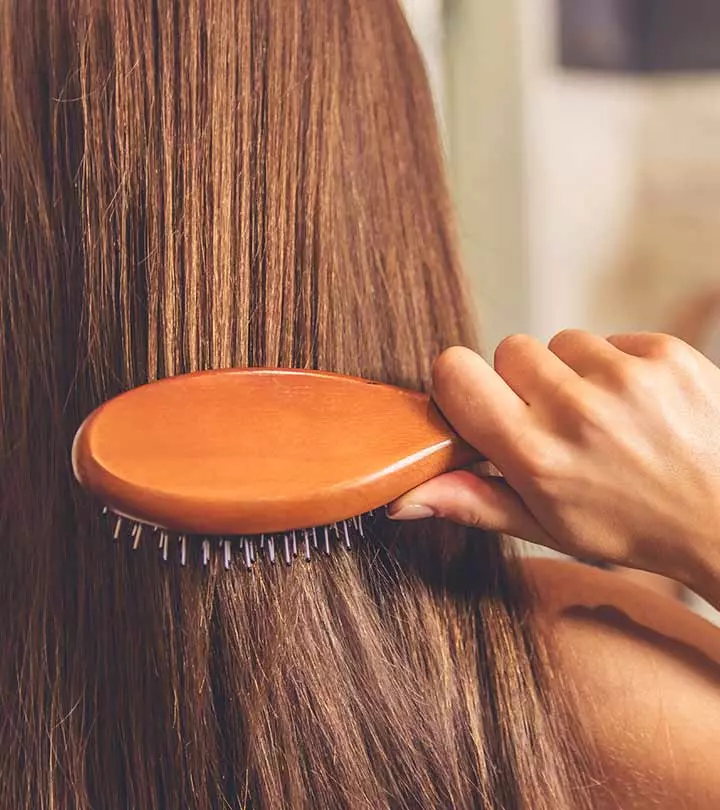


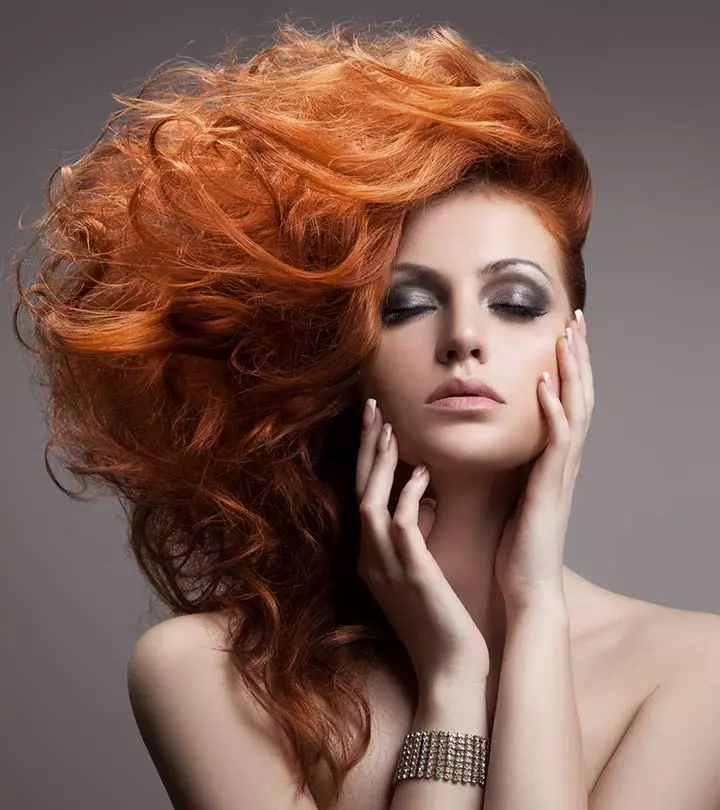



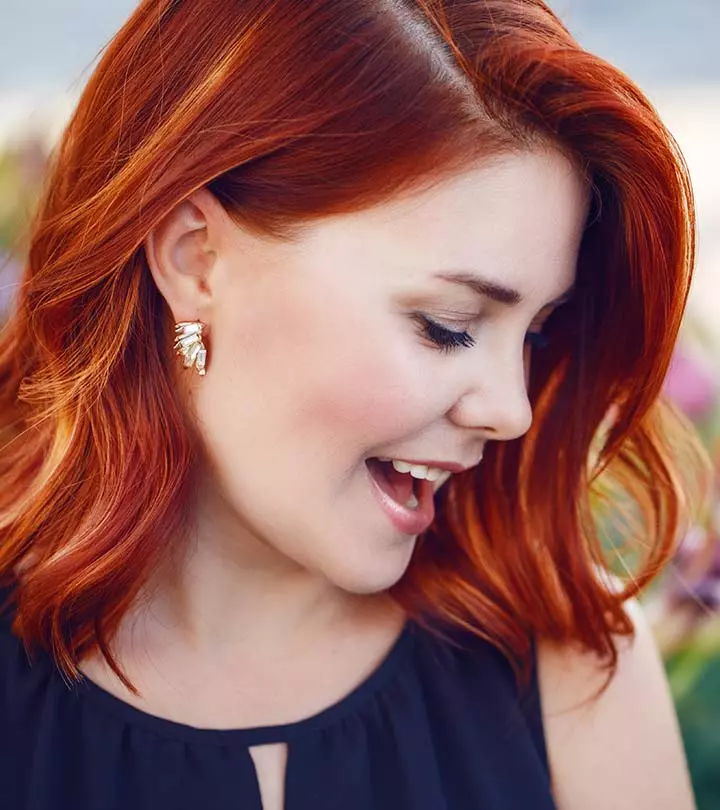






Community Experiences
Join the conversation and become a part of our empowering community! Share your stories, experiences, and insights to connect with other beauty, lifestyle, and health enthusiasts.